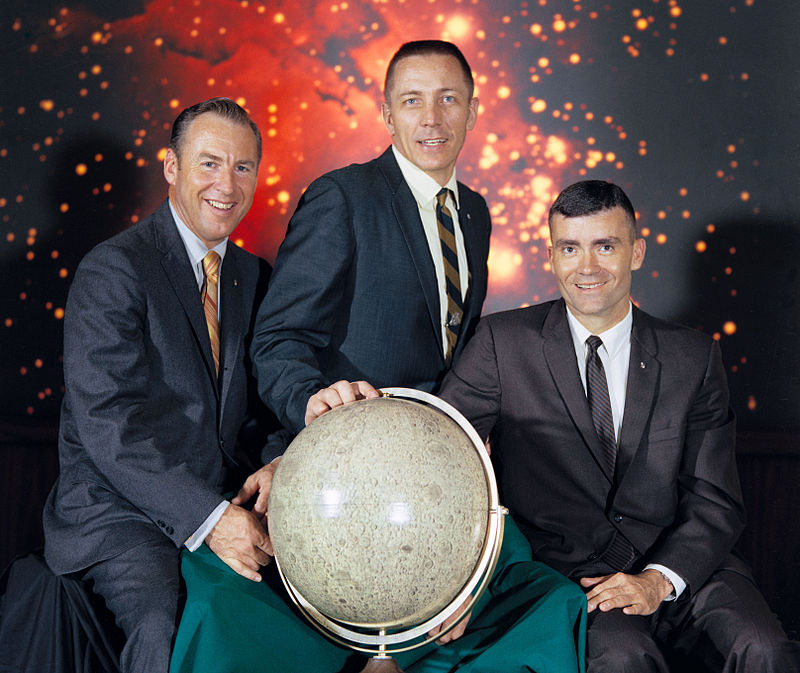Just two days into NASA’s Apollo 13 mission, on April 13, 1970, a routine stirring of an oxygen tank aboard the spacecraft triggered a massive explosion. This explosion tore through the service module and severely compromised the ship’s ability to produce power and oxygen. Moments later, the crew delivered a phrase that would become immortal in the history of space exploration: “Okay, Houston, we’ve had a problem.”
Apollo 13, launched on April 11, was intended to be the third manned mission to land on the Moon. The crew, consisting of Jim Lovell, Jack Swigert, and Fred Haise, were in high spirits and en route to their lunar target, the Fra Mauro highlands. Their courage and determination were palpable. But at 55 hours into the mission, disaster struck.
An internal fault in oxygen tank No. 2, hidden since preflight tests, caused a short circuit and ignited the tank’s insulation. The resulting blast vented both of the service module’s oxygen tanks, vital for breathing and generating power via the ship’s fuel cells. With their command module, Odyssey, severely compromised, the astronauts had no choice but to seek refuge in the lunar module, Aquarius. Originally designed to support two astronauts for two days, Mission Control now needed it to support three men for four days—a monumental challenge.
Engineers and flight controllers worked day and night on Earth, improvising life-saving solutions. One famous fix involved creating a carbon dioxide scrubber adapter using duct tape, a plastic bag, and materials on board—an act of ingenuity that arguably saved the crew’s lives. With the Moon landing canceled, Apollo 13 looped around the far side of the Moon and began the long journey back. The astronauts endured freezing temperatures, dehydration, and uncertainty, but their resilience was unwavering. On April 17, the crew safely splashed down in the Pacific Ocean, greeted by cheers around the globe.
Though Apollo 13 failed to reach the Moon, it is remembered as NASA’s finest hour—a story of resilience, brilliance, and human determination in the face of near-certain catastrophe. It proved that space exploration is as much about problem-solving as it is about science.

